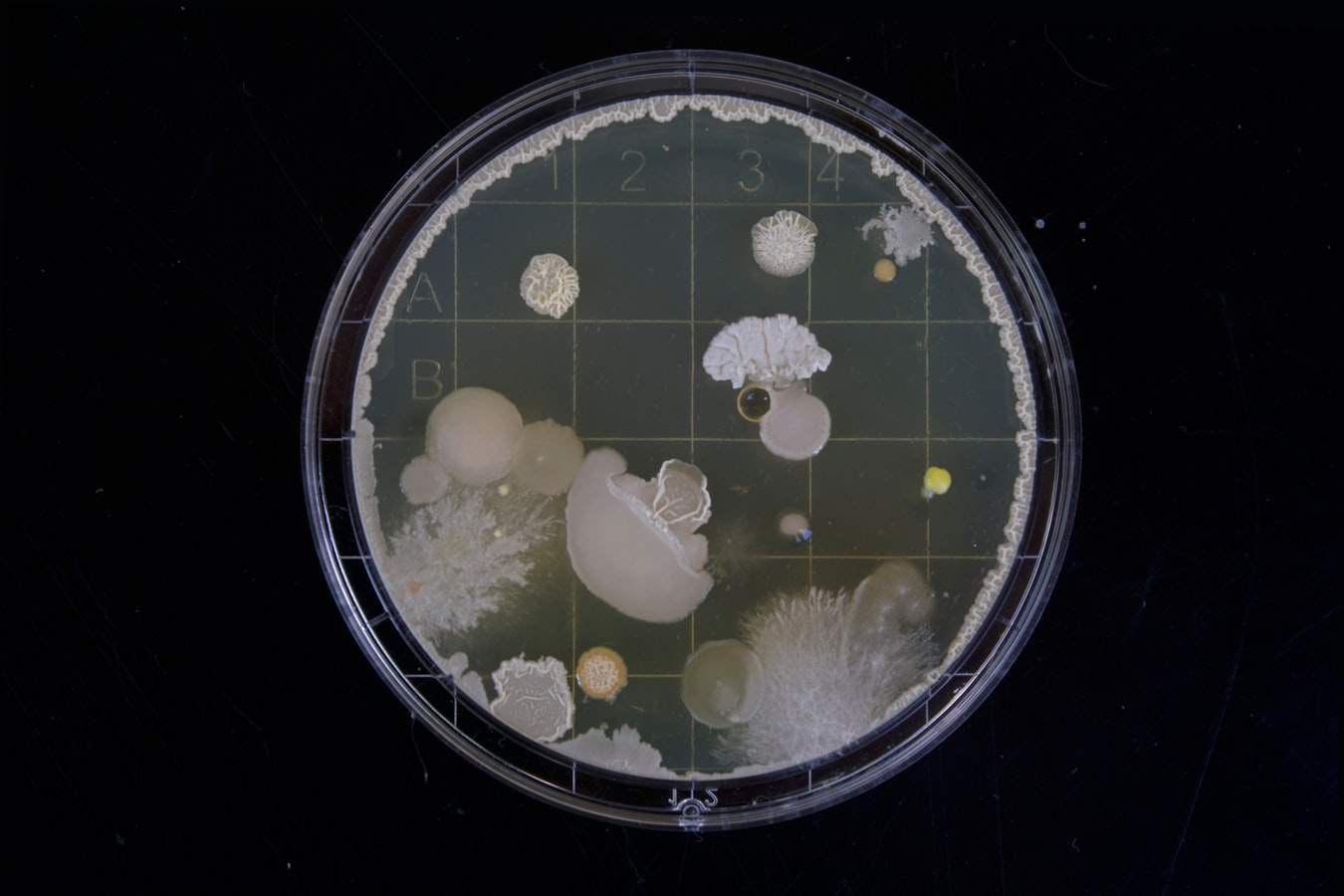
The scientist working on the typhoid toxin research comes from the Department of Biomedical Science and Healthy Lifespan Institute at the University of Sheffield. Furthermore, the researchers’ aim is to determine how the disease develops and how it influences the body. Also, they want to discover potential ways of diagnosing the disease. This is because modern medicine has difficulties in distinguishing the disease from other bacterial infections.
Findings from this study are found in the journal Nature Communications. Also, take a look at the recent developments on the Hendra and Nipah viruses, and their combined influence on the organism.
Previously we knew that the bacteria Salmonella Typhi lay at the cause of typhoid fever. However, we were not certain about the exact mechanism of the infection. That is why scientists wanted to experiment further with the bacteria. So, they infected healthy human cells with the bacteria and observed the reaction. In addition to this, they observed the cells with the aid of a fluorescent microscope.
The so-called typhoid toxin is a secretion that the bacteria Salmonella Typhi releases. As the toxin comes in contact with the cell it damages its natural regeneration process. That is, the toxin causes the cell to age faster and therefore deteriorate. This, in turn, leaves the cell more prone to infection.

Monday – Friday
9 AM – 5 PM EST
DISCLAIMER: ConductScience and affiliate products are NOT designed for human consumption, testing, or clinical utilization. They are designed for pre-clinical utilization only. Customers purchasing apparatus for the purposes of scientific research or veterinary care affirm adherence to applicable regulatory bodies for the country in which their research or care is conducted.